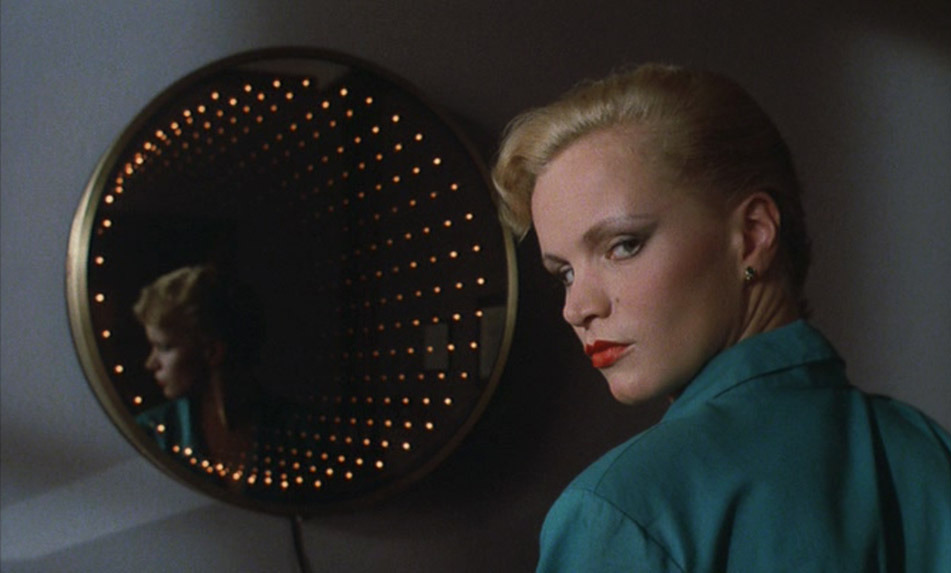
The word masterpiece is thrown around mercilessly these days and a lot of pictures that don’t really amount to the actual standards of quality get labeled masterpieces by generous critics and unknowledgable audiences. Truth to be told, the definition of the word is not completely defined, nor is it universally agreed upon by film buffs of differing levels of proficiency in the seventh art.
Once upon a time, the word masterpiece was used to denote the best work in the career of an artist. Now, that is generally not the case: although some still use the word in that context, magnum opus is generally considered to be a better fit. Masterpiece, on the other hand, can be any work of art that is outstanding in all, or most, of its aspects. By that definition, a creator can make as many masterpieces as humanely possible over the course of his hopefully fruitful life.
Unlike classic, which must be held in high regard by the general public to achieve its status and is often erroneously used interchangeably with the word of our special interest today, masterpiece doesn’t have to be widely enjoyed and celebrated to achieve its status. That is why there are dozens of films that you probably never heard of that could rightfully be considered masterpieces of their respective genres and cinema in general.
Here a few carefully picked motion pictures of splendid quality that you should check out as soon as possible:
1. Rabbit-Proof Fence (2002) – dir. Philip Noyce
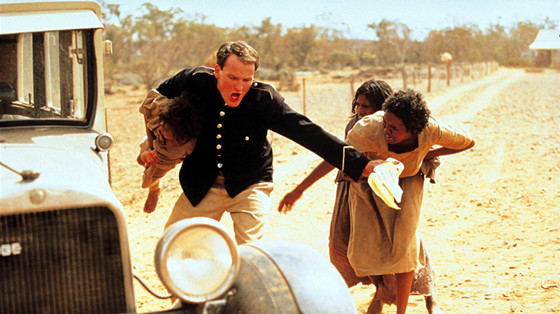
Rabbit Proof Fence was the film that marked the filmmaking career of Peter Noyce, proving to be his most successful work to date. That’s not to say that it is a particularly well known one. Despite being Noyce’s finest work by far, it still is far from the mainstream.
Vaguely based on an actual event and the book Follow the Rabbit Fence by Doris Pilkington, the film analyzes the position of native Australians, the Aboriginals, in a white society that considers them subhuman. In particular, it concerns the fate of three girls on three run, who escaped their Anglo tormentors and are trying to come back home to their families while being chased by a force much more powerful than they are and having to navigate through the Australian outback.
It opened to welcoming reviews, almost universally so abroad, while the domestic viewers and reviewers remained more polarized, with some considering an attack on Australian nationhood, in a fashion similar to another one of the films we will feature on this list.
But even those who had moral issues with this motion picture, couldn’t deny that it was masterfully made, with every aspect of it mastered to perfection, from the cinematography to the acting and the writing.
2. The 4th Man (1983) – dir. Paul Verhoeven
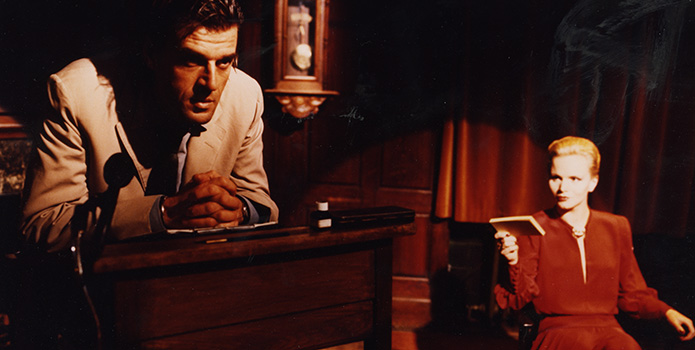
We mostly remember the Dutch director Paul Verhoeven for his involvement in RoboCop, but his career in the homeland has also been a fruitful one.
The 4th Man is a gripping tale of a man suspecting his partner of being a murderer. The realization comes to him both supernaturally, through multiple visions, but also through sheer common sense that he isn’t too keen on using early on in the film.
Marked by beautiful scenery and stellar performances, but also plenty of graphic violence and excessive, prolonged scenes of sexual intercourse, it was a great hit back in the day, winning the Dutch film lovers in a heartbeat, but it also proved to be a great hit for the Americans as well, having unforeseen commercial and critical success in the United States, especially for a European, non English, motion picture.
The same couldn’t be argued about The Fourth Man nowadays. While it is not exactly the most underrated flick of all time, it is still overshadowed by more famous works of Verhoeven, and could certainly benefit from a large rediscovery by the film buffs around the world.
3. Stand and Deliver (1988) – dir. Ramon Menendez
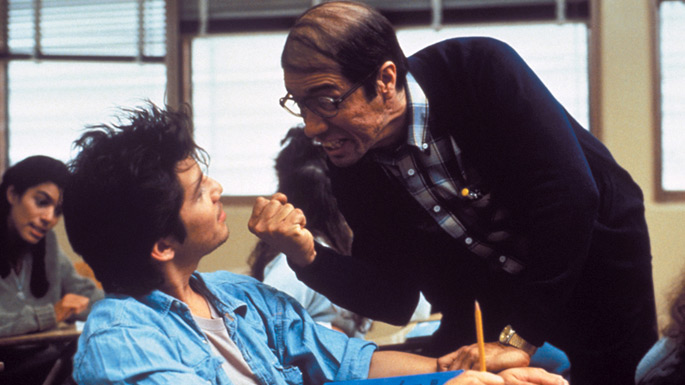
A beautiful rendition of everything we love about the eighties, Stand and Deliver is a wonderful ode to the decade, made in the manner of the classroom greats such as Dead Poets Society, through a fantastic lens of a Latino American filmmaker Ramon Menendez, who gave the entire film a special groove.
The motion picture was largely based on the true life story of Jaime Escalante, a maths teacher who reformed the lives of students at James A. Garfield High School to the core, making the band of mostly Latino students unusually successful in mathematics. The makers of the film mostly stuck with the real life happenings, with some minor, intentional and unintentional mistakes, that don’t take away much from the story unless you are exceptionally knowledgeable about the life and work of Jaime Escalante.
It opened to favorable critical reviews, with eminent critics particularly praising the film’s jolly tone and the performance of the lead actors, most notably Edward James Olmos as the hero of the picture.. The commercial success didn’t quite match up to its critical reputation, and although film can be considered a moderate box office success when considering its budget, it still wasn’t a major blockbuster of 1988.
4. Iron Monkey (1993) – dir. Woo-Ping Yuen
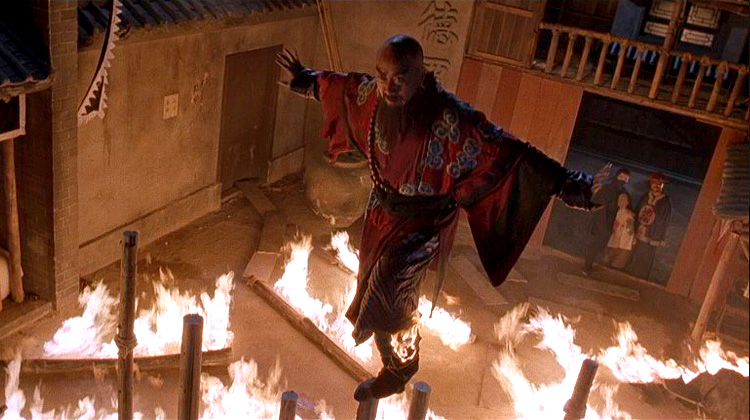
The style that Yuen Woo Ping so delicately made became widely copied and parodied in martial arts cinema. Making a fruitful career as a filmmaker, choreographer, and sometimes both, he left an unerasable mark on the way we view kung fu on the silver screen.
Iron Monkey is one of his lesser known features. Famously loved by Quentin Tarantino, who secured the film’s American release (we still suggest you find the original version, though), it is a fantastic blend of comedic exaggeration and choreographic brilliance.
5. Closely Watched Trains (1966) – dir. Jiri Menzel
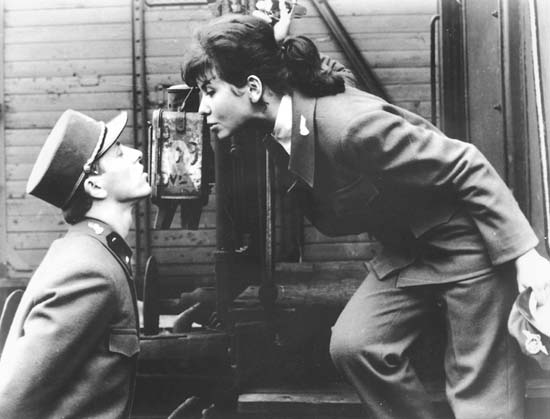
A chilling tale of coming of age, Closely Watched Trains explores the themes of sexuality, as well as platonic love, resistance and utterly indifferent passivity. Set in a railroad station the Nazi-occupied Czechoslovakia, it is one of the brightest examples of country’s post war cinema.
The success the film garnered upon its release could make it be labeled popular at the time, especially by the standards of popularity in the Eastern Block. It, among other things, won the Academy Award for Best Foreign Film. Fifty five years have passed since, though, and now it is nothing more than an obscure little remnant of the times long past.